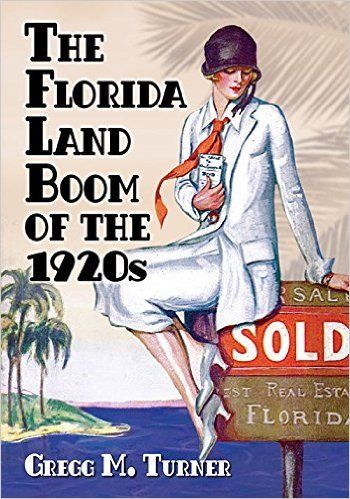One of the
very few entry-fee contests I endorse, the 5th Annual Friends of Merril Short Story Contest,
is now open for entries, and here are all the details:
"Entry (Periods and Fees)
Contest Period: The reading period for the Friends of the Merril Short Story Contest is noon EST on Friday, September 18th 2015 to 11:59:59 p.m. EST on Sunday, December 20th, 2015. Any entries received after the contest closes will not be eligible for entry.
Entry Fee: All stories submitted to the Friends of the Merril Short Story Contest must be accompanied by a $5.00 (CDN) entry fee. This fee is used to fund the winners’ purse and all funds raised in excess of that amount are used by the Friends of the Merril Collection to support the Merril Collection of Science Fiction, Speculation, and Fantasy at the Toronto Public Library. We will not read a submitted story until we have received an entry fee for it. We recommend that you pay your entry fee first and then submit your story so that you can include your proof of payment in your submission cover letter. The entry fee must be paid by PayPal via the button on the Pay Entry Fee(s) page (the PayPal button will be available September 18th, 2015. Please pay before you submit your story and include your Transaction ID (17 characters, letters and #s) in your cover letter as proof of payment. We will cross-reference this number with the contest PayPal account to corroborate payment of the entry fee.
Submissions
Content: All entries submitted to the Friends of the Merril Short Story Contest must have a speculative fiction element (see the FAQ page for our definition). As we are no longer posting the winning stories on the website, there are no restrictions on content or subject matter. All entries must be previously unpublished.
Eligibility: The Friends of the Merril Short Story Contest is open to all writers of all levels (published, unpublished, emerging, etc.), without restriction. The contest is international, so writers of any nation may enter.
Number of Submissions: There is no longer any restriction on the number of entries you may submit to the Friends of the Merril Short Story Contest, but each entry must be accompanied by a separate entry fee. So, for example, you may submit three stories, as long as you pay $15 in entry fees.
Simultaneous Submissions: This year, simultaneous submissions WILL be allowed.
Submission Type and Length: Your entries must be stories, and must be a maximum of 6,000 words in length. The Friends of the Merril Short Story Contest does not accept poetry or creative non-fiction.
Submission Format (Electronic): This year, we are ONLY accepting electronic entries. Entries should be e-mailed to us at fomsscontest@gmail.com with the words “Submission: Story Title” in the Subject line. All entries must use Standard Manuscript Format and be attached to your e-mail as a .doc or .rtf file. Include a brief cover letter in your e-mail with your Contact Info (name, address, telephone number and e-mail address), story title and word count. Remember to include your payment information as well. You can include a bio or publication history if you like, but it’s not necessary.
Response Time for Submissions: We try to acknowledge all submissions within one week of their arrival, but if you have not heard from us within two weeks of having submitted your entry please query us at the contest e-mail address (fomsscontest@gmail.com) with the words “Query: Receipt – Story Title” in the Subject line. Please provide the date sent.
Adjudication of Entries
Preliminary Judging: All stories are judged blind. During the three month reading period (September 18th, 2015 – December 20th, 2015) all stories will be read by a team of slush readers. Our slush readers will choose the finalists two weeks after the end of the reading period (December 31st, 2015). Once this two week period is over, rejections and notification of progression to finalist status will be sent out via e-mail. The finalists are handed over to the Final Panel Judges for consideration and voting. At that time the story titles of the finalist entries will be posted to the contest website, and we ask that if your story if chosen for the shortlist that you please refrain from mentioning which story is yours anywhere online. You can absolutely feel free to mention that a story of yours is a finalist in the contest, we just don’t want to prejudice the judges by having them know who wrote which story on the shortlist.
Final Judging: The judges will select one winner and two runners up from the finalist stories. Final selections as to the winning story and honourable mentions will be made no later than January 28th, 2016 at which time all the finalists will be notified via e-mail to inform them of the results. The winners will be announced at the annual AGM of the Friends of the Merril Collection.
Prizes and Payment
This year’s prize pool is a grand total of $600.00 (CDN), and the funds will be awarded on the following basis:
First Place: $500.00 (CDN)
Honourable Mentions (2): $50.00 (CDN) each
Posting of Names and Story Titles to the Contest Website: The titles and authors of the winning stories will be posted to the Friends of the Merril Short Story Contest website after the winners have been notified. This information is left online indefinitely to provide exposure to both current and past finalists and winners of the Friends of the Merril Short Story Contest.
Payment and Prize Distribution: Monetary payment will be made to the winners once we have contacted them and received information as to their preferred method of payment.
Rights
At no time do you relinquish any right, copyright, or ownership of your story to us, either during the reading period, during consideration for finalist status, or in the case of your story being selected as a winner.
Conditions
All entries submitted to the Friends of the Merril Short Story Contest must be previously unpublished, original (plagiarism or fraudulent entries will result in disqualification) work. The exception to this rule is fiction not previously published in English: material previously published in another language and translated into English is acceptable.
The Big Why (And How You Can Help Whether You Enter Or Not)
We know that for many writers the idea of entry fee based contests is a touchy subject, both because of the fraudulent practices that choke the field like the risen dead clawing their way free from rotting loam, and because of the idea of the fees themselves.
We, the Friends of the Merril Collection, would like to make very clear the fact that we are not charging “reading fees”. We are running a contest to raise funds to aid the Merril Collection, and to raise awareness of the Collection. We hope you will visit the Merril Collection of Science Fiction, Speculation, and Fantasy website, or better still, join us at The Lillian H. Smith Branch of the Toronto Public Library for readings, exhibits, discussions and other special events! Your entry fees and donations will help the Friends continue to offer great programming throughout the year.
We hope to do vastly more than simply raise the sum we need to meet the prize monies guaranteed. We are looking to engage good old fashioned barn-raising, put-on-a-show, shoot-for-the-moon fundraising. Some organizations run bake sales. We work with fiction. And what better way to work with fiction than by encouraging lovers and practitioners, amateurs and professionals, enthusiasts and connoisseurs of that craft to write and try for some cash prizes?
We hope you’ll help. You don’t even have to enter to do it. Help us spread the word. Tell a friend. Tell five. Tell ten. Blog about the contest. Tweet about it. Whatever you can and are willing to do to help, know that we appreciate it more than we can say. Because at its heart, the Merril Collection is about the love of fiction, be it science fiction, fantasy, horror, or any of the other less easily defined branches of speculative fiction, and the wide world of mainstream literature lying just beyond our doorstep. It is about discovery and change and imagination. It is about the power of the written word to motivate and move and foment and catalyze and crystallize and inspire.
It is about wonder.
And if that isn’t something to get behind we don’t know what is."
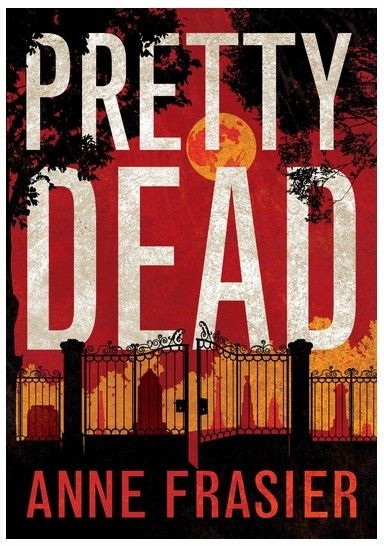 I did not get a lot of reading done in September, but I did manage to reread the first two novels in author Anne Frasier's Elise Sandburg series and her newly-released third installment, Pretty Dead, which is also my pick for book of the month.
I did not get a lot of reading done in September, but I did manage to reread the first two novels in author Anne Frasier's Elise Sandburg series and her newly-released third installment, Pretty Dead, which is also my pick for book of the month.
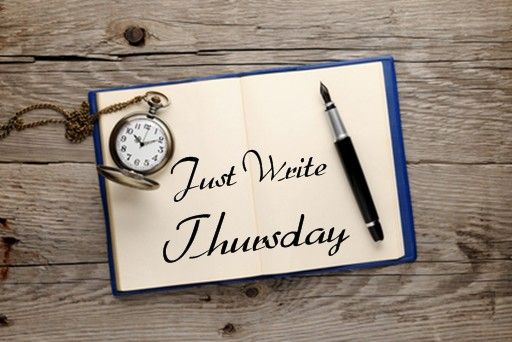

 Creating, collecting and keeping handy all your color-related stuff for stories is a lot easier if you have a notebook in which you can work and store your reference materials.
Creating, collecting and keeping handy all your color-related stuff for stories is a lot easier if you have a notebook in which you can work and store your reference materials. 



 For writers, describing color is both an everyday task and a perpetual challenge. Basically everything we create ends up being black (print) on white (page), so the words we choose to communicate the colors of anything contained in a story are particularly vital. We need to invoke imagery in a reader's mind as they read, and we can't do that if we never share with them what we see in ours as we write.
For writers, describing color is both an everyday task and a perpetual challenge. Basically everything we create ends up being black (print) on white (page), so the words we choose to communicate the colors of anything contained in a story are particularly vital. We need to invoke imagery in a reader's mind as they read, and we can't do that if we never share with them what we see in ours as we write. So how do you avoid using color words that are too simple or too obscure to keep the reader engaged? One way is to exercise and beef up your own color vocabulary by creating charts and word lists. Haul out your basic color words, and begin collecting paint chips, fabric swatches and other visual samples for one of the words. Pay attention to how others name them as inspiration, and then begin a list with your own descriptors. Keep in mind terms that are universal enough for others to imagine. While not everyone knows what hopniss is, I'll bet nearly every reader you reach will recognize something you describe as the color of elephant hide, a fresh bruise, or a sunset cloud.
So how do you avoid using color words that are too simple or too obscure to keep the reader engaged? One way is to exercise and beef up your own color vocabulary by creating charts and word lists. Haul out your basic color words, and begin collecting paint chips, fabric swatches and other visual samples for one of the words. Pay attention to how others name them as inspiration, and then begin a list with your own descriptors. Keep in mind terms that are universal enough for others to imagine. While not everyone knows what hopniss is, I'll bet nearly every reader you reach will recognize something you describe as the color of elephant hide, a fresh bruise, or a sunset cloud.
 You may not know this about me, but I'm a green. As a kid I was a blue, then went all Goth-black during my high school poetry days, and then faded back to a blue again. I had a couple years when I bounced between being an orange and a plum, and a couple other duos, but about ten years ago I finally settled on being a green. A dark green -- pine, hunter, shadowed emerald, that end of the scale -- but definitely green.
You may not know this about me, but I'm a green. As a kid I was a blue, then went all Goth-black during my high school poetry days, and then faded back to a blue again. I had a couple years when I bounced between being an orange and a plum, and a couple other duos, but about ten years ago I finally settled on being a green. A dark green -- pine, hunter, shadowed emerald, that end of the scale -- but definitely green. 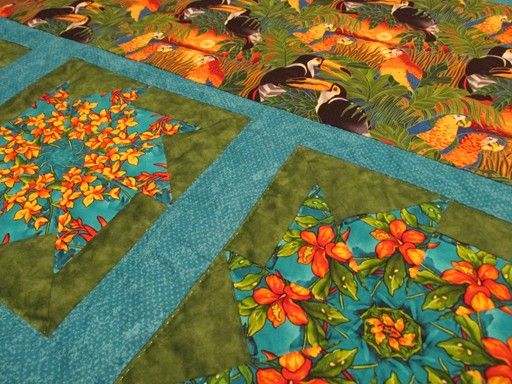
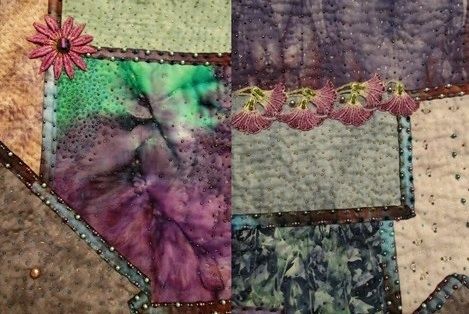
 I was at the home improvement store last week when I spotted these new paint sample folders from Sherwin Williams, who teamed up with HGTV to put together some neat color collections. I especially fell for the individual color paint chips, which are shaped like fat bookmarks and have a punch in one corner which you might use with a binder ring to keep a stack together.
I was at the home improvement store last week when I spotted these new paint sample folders from Sherwin Williams, who teamed up with HGTV to put together some neat color collections. I especially fell for the individual color paint chips, which are shaped like fat bookmarks and have a punch in one corner which you might use with a binder ring to keep a stack together.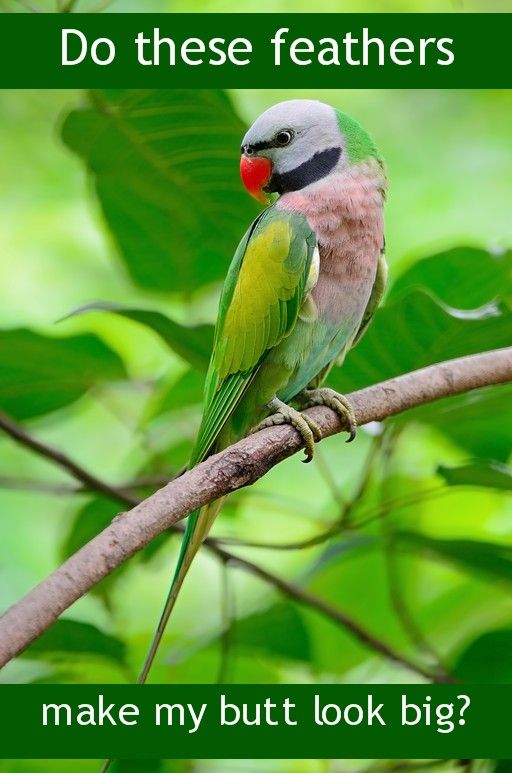
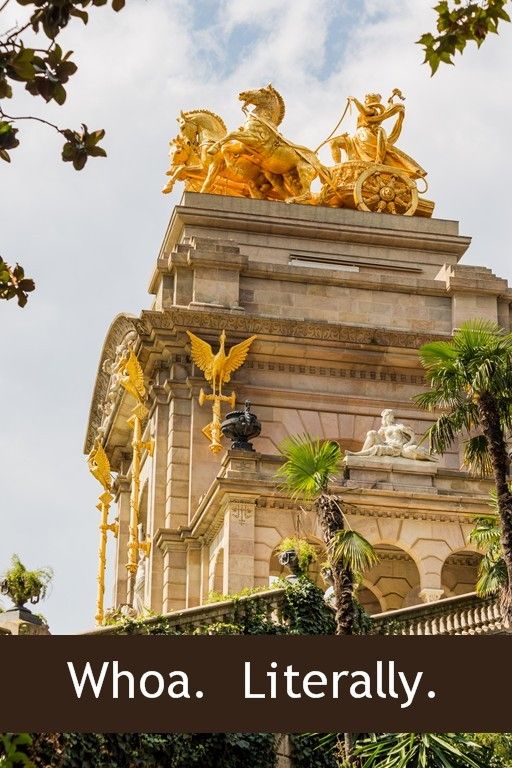

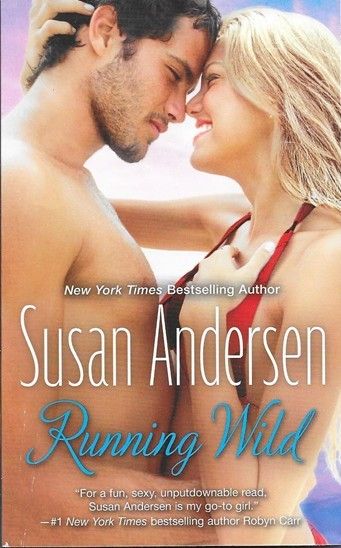 My pick for book of the month for August is Running Wild by
My pick for book of the month for August is Running Wild by 
